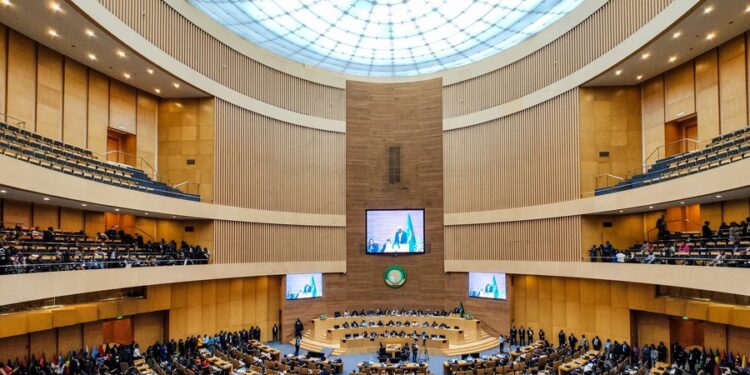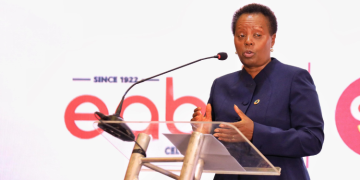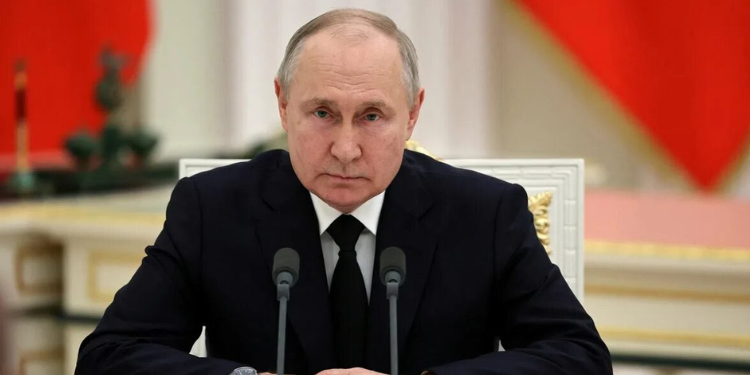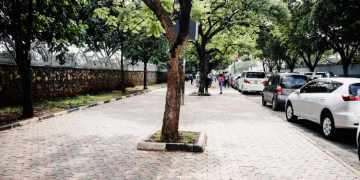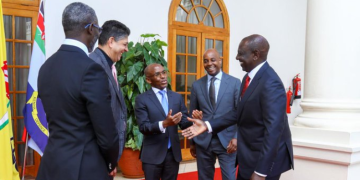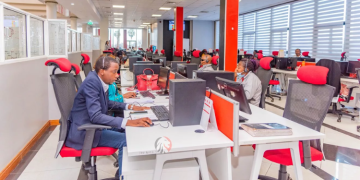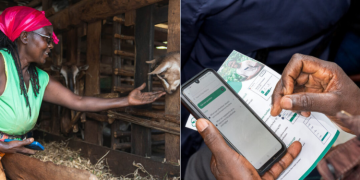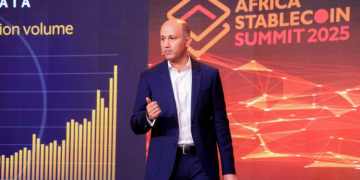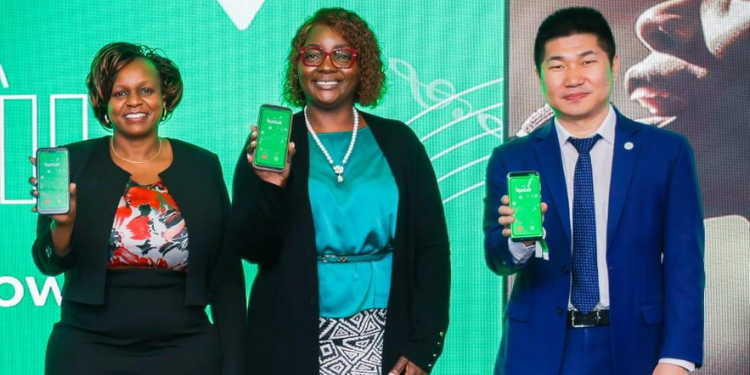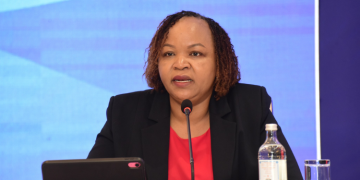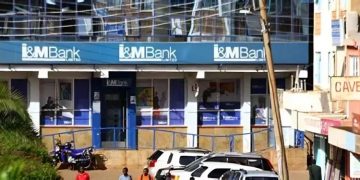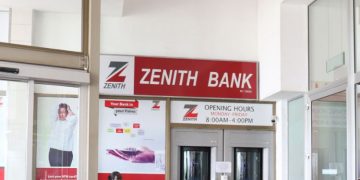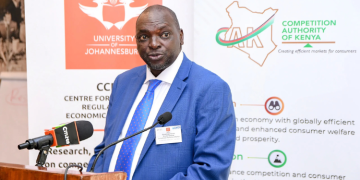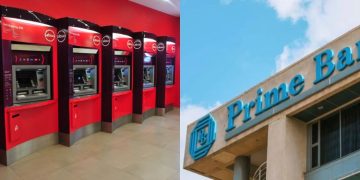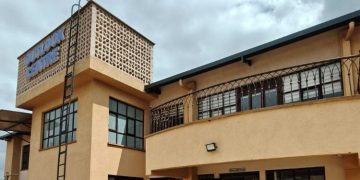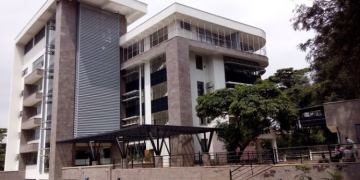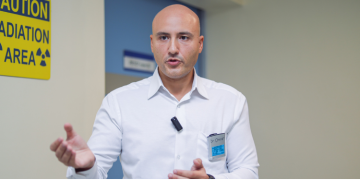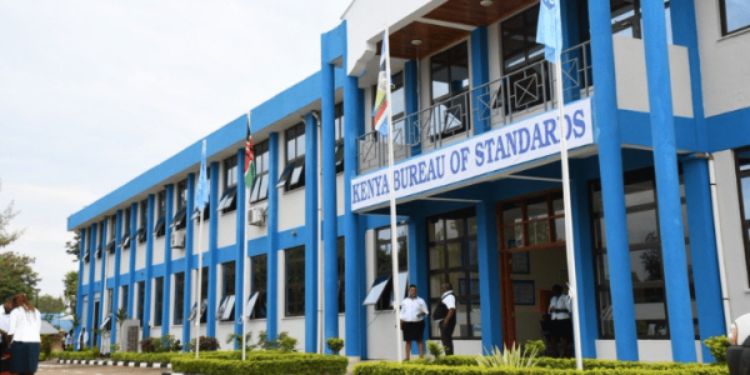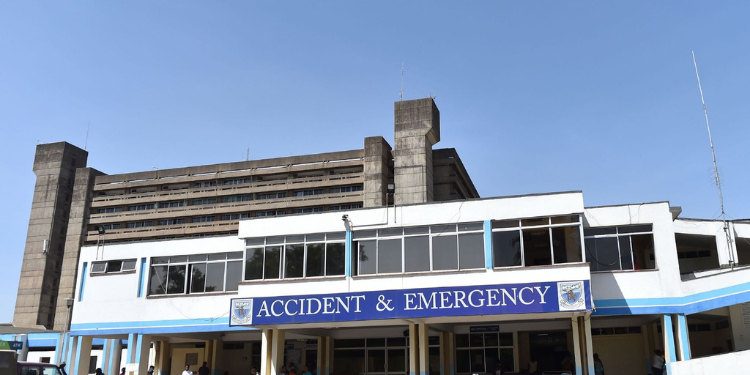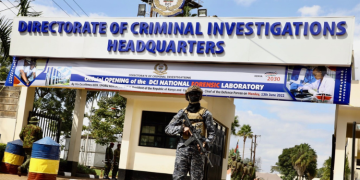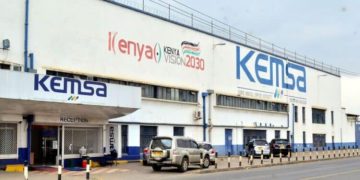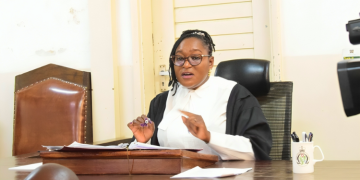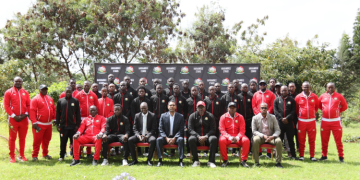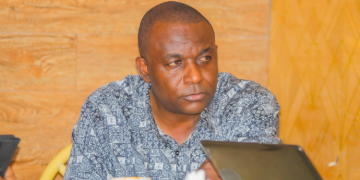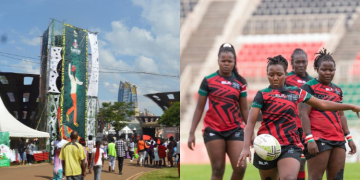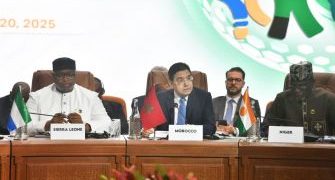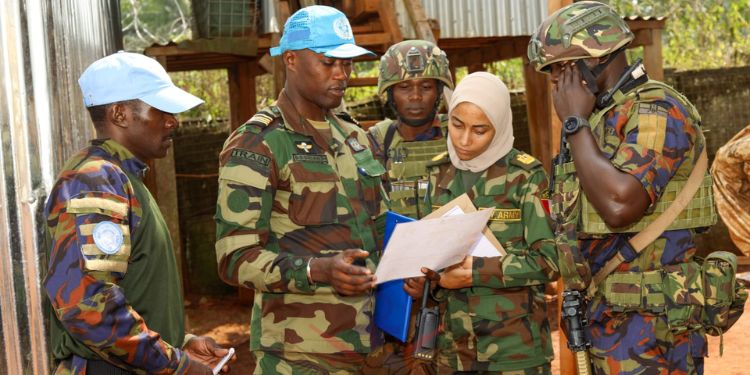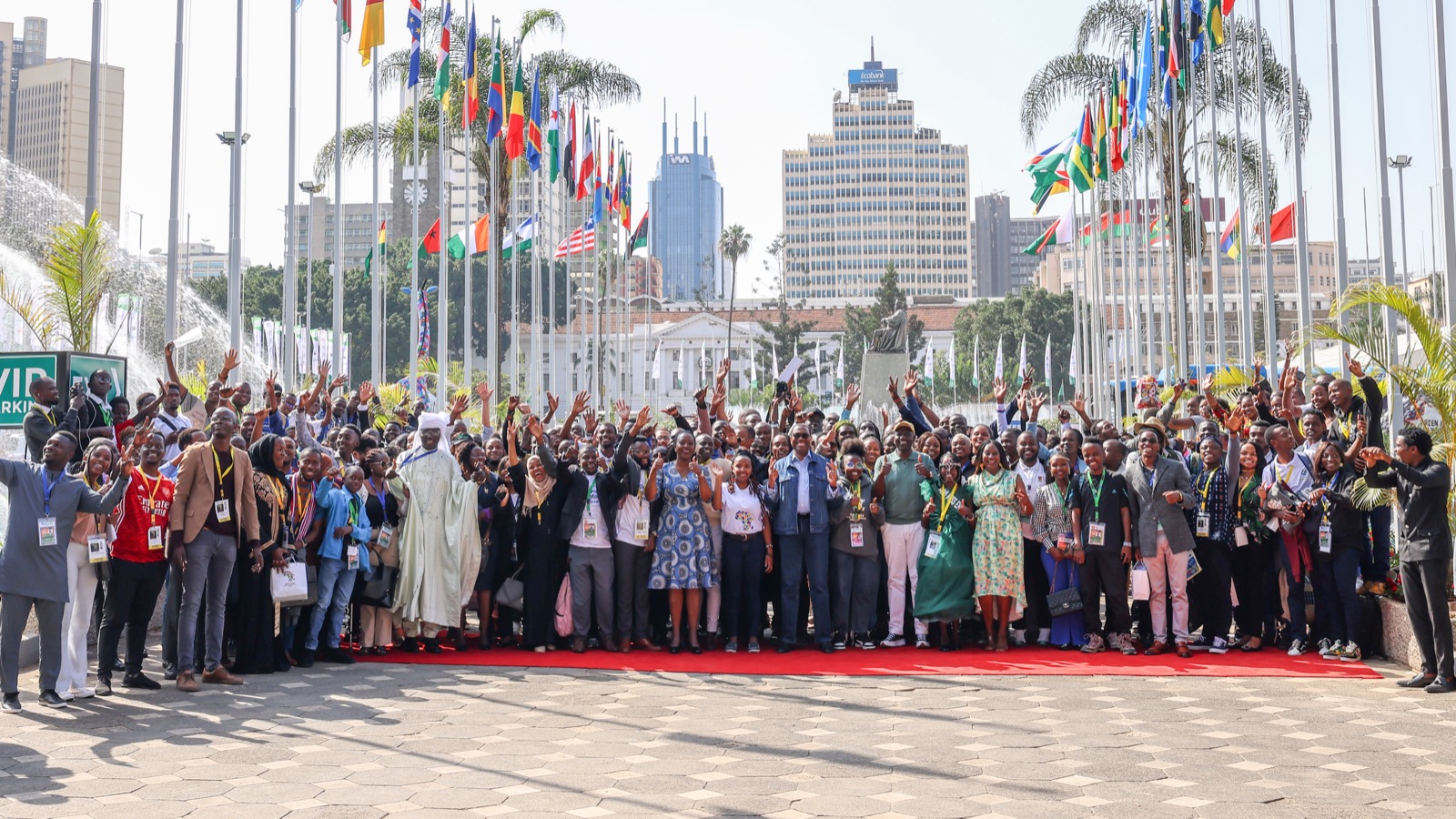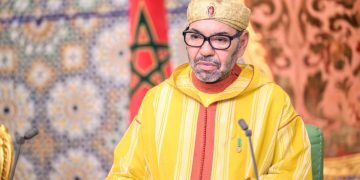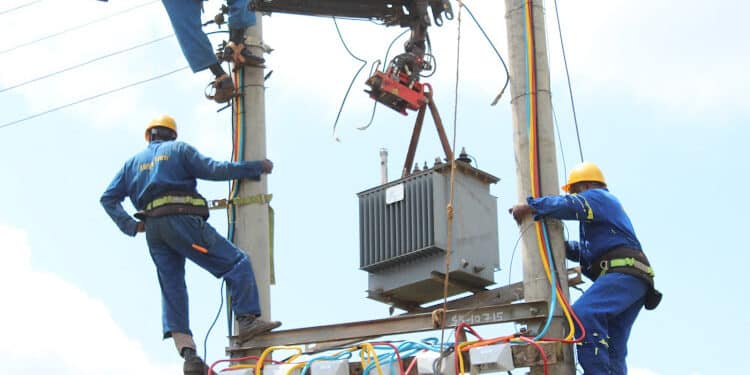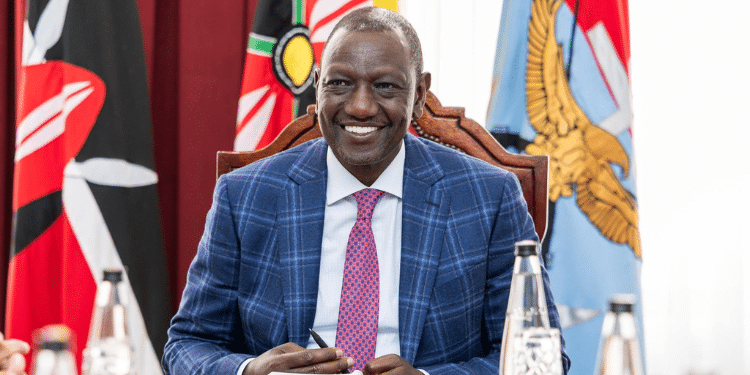Global credit ratings agency Standard & Poor’s (S&P) has upgraded Kenya’s long-term sovereign credit rating from ‘B-’ to ‘B’, citing a significant reduction in near-term external liquidity risks.
The agency, in a report on Friday, August 22, also reaffirmed the country’s outlook as ‘stable’, reflecting confidence in Kenya’s ability to manage its fiscal and external obligations despite ongoing macroeconomic pressures.
According to S&P’s statement, robust export performance—particularly in horticulture, tea, and minerals—combined with strong inflows of diaspora remittances, has bolstered the country’s foreign exchange reserves. As of mid-2025, Kenya’s forex reserves stood at approximately $11.2 billion.
“The upgrade reflects our view that Kenya’s near-term external liquidity risks have receded. External data revisions, coupled with strong performances in coffee exports and diaspora remittances, supported a narrowing of Kenya’s current account deficit to 1.3% of GDP in 2024, from 2.6% in 2023. These improvements strengthened Kenya’s FX reserves to a record-high $11.2 billion in July 2025, up from $6.6 billion at year-end 2023,” S&P said.
“Additionally, Kenya’s $1.5 billion Eurobond issuance and concurrent buy-back operation in February 2025 helped lower Eurobond principal repayments to $108 million annually over 2025-2027, from $300 million previously. We project the government’s total external debt amortizations will therefore remain manageable at $2.7 billion in the fiscal year ending June 30, 2026, and at $3.8 billion in fiscal 2027.”
According to the report, Kenya’s ongoing monetary easing has bolstered domestic funding conditions with the lowering of the policy rate by a cumulative 350 basis points to 9.5% by the Central Bank of Kenya (CBK) as of August 2025, contributing to a decline in 91-day treasury bill yields to approximately 8% in July 2025, down from a peak of 16% in July 2024, which lowered domestic financing costs for the government.
The easing cycle was driven by contained inflation-which was 4.1% in July 2025, and stable exchange rate dynamics. Although commercial banks have been slow to lower lending rates, S&P said that the private sector credit growth has begun to recover and it is expected to accelerate further following the government’s clearance of supplier and contractual payment arrears, which should support overall GDP growth.
“Eurobond amortization will remain manageable over 2025-2027, supported by debt liability operations earlier this year, while monetary easing over the past year has helped lower domestic yields and stimulate private-sector credit growth,” S&P said.
S&P has maintained that it could raise Kenya’s ratings if it observes a steady commitment to sustainable public finances as demonstrated by a significant reduction in fiscal deficits and interest costs beyond its base-case forecast. The agency also revised Kenya’s transfer and convertibility assessment to ‘B+’ from ‘B’.
Also Read: Win for Kenya as Rutto Eyes $17 Trillion EU Economy
S&P Global Ratings comparison to Fitch Ratings
S&P Global Ratings evaluates the creditworthiness of debt instruments—such as bonds—and the entities that issue them. Creditworthiness refers to the likelihood that a borrower will default or otherwise be unable to meet its debt obligations.
Much like academic grading systems, S&P assigns ratings using a scale ranging from A to D, often supplemented by plus or minus signs or numerical indicators to reflect relative standing within each category. In this scale, higher ratings indicate lower perceived risk, while lower ratings signal higher risk of default.
According to S&P’s classification, a rating of ‘BBB’ or higher is considered investment grade, indicating strong capacity to meet financial commitments and representing the safest category of investments.
Ratings below ‘BBB’ fall into the speculative grade category, which denotes a higher degree of credit risk and greater potential for volatility or financial instability.
American credit rating agency Fitch Ratings had in July affirmed Kenya’s Long-Term Foreign-Currency (LTFC) Issuer Default Rating (IDR) at ‘B-‘ with a “stable” outlook.
According to the agency, “Kenya’s ‘B-‘ rating reflects strong medium-term growth prospects, a diversified economy and strengthening of the monetary policy framework.
“These strengths are balanced against weak governance indicators relative to peers, high and rising debt servicing costs, high external indebtedness underpinned by challenges to fiscal consolidation, as well as a high level of informality and political and social challenges constraining government revenue mobilization,” said Fitch Ratings.
President William Ruto, while speaking earlier in the week in Japan on the sidelines of the Tokyo International Conference on African Development (TICAD 9), expressed optimism about the country’s economic trajectory. The Head of State projected Kenya’s economy to grow by 5.6% in 2025.
Also Read: Kenya’s Credit Outlook Revised to Positive, Rating Affirmed Ahead of Finance Bill 2025
He emphasized that Kenya’s growth this year would outpace official expectations, even in the face of global headwinds such as rising U.S. tariffs, volatility in commodity prices, and tightening global financial conditions.
“As Kenya’s economy expands and grows, our country offers many opportunities for the private sector in Japan, including in digitisation, provision of medical equipment for our universal health coverage, precision farming, e-vehicle manufacturing and green energy industrialisation, among others,” he said.
Ruto supports the formation of the Africa Credit Rating Agency
In February 2025, President Ruto publicly criticized global credit rating agencies and reaffirmed his support for the establishment of the Africa Credit Rating Agency (AfCRA)—a continental initiative aimed at offering more accurate and fair assessments of African economies.
Speaking during a Presidential Dialogue on the Establishment of an Africa Credit Rating Agency held in Addis Ababa, Ethiopia, on February 14, 2025, Ruto emphasized that the current global financial architecture, particularly the credit rating ecosystem, systematically undervalues Africa’s economic reality.
The dialogue, held on the sidelines of the 37th African Union Ordinary Summit, was facilitated by the African Peer Review Mechanism (APRM) and attended by multiple Heads of State, financial experts, policymakers, and international development partners.
Ruto argued that international credit rating agencies—such as S&P, Moody’s, and Fitch—continue to rely on outdated economic models, subjective metrics, and biased risk assessments when evaluating African countries. He contended that this results in inflated borrowing costs, deters critical investments, and undermines development financing.
“The result is that they paint an unfair picture of our economies, and this has devastating effects because it leads to distorted ratings of what the situation is really. This also leads to exaggerated risks for our countries and continent and obviously and unjustifiably that leads to high borrowing rates,” said Ruto. “These prejudice assessments come at an enormous cost to Africa. It deters investment, distorts global trade, and delays progress towards sustainable development goals.”
The establishment of AfCRA is being advanced as part of broader efforts to reform the global financial system, including ongoing calls from African leaders for more equitable access to international capital markets, debt restructuring mechanisms, and increased representation in multilateral financial institutions.
Follow our WhatsApp Channel and X Account for real-time news updates.
